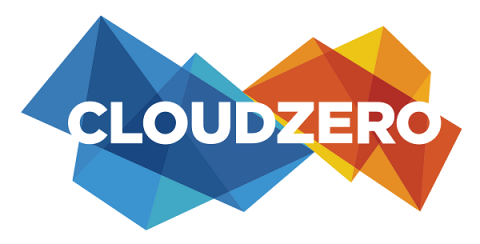Operations | Monitoring | ITSM | DevOps | Cloud
Latest News
Why right-sizing your cloud infrastructure is the New Year's resolution you need
Even though January 1 has passed, it’s not too late to commit to a New Year’s resolution. “Right–sizing” might sound like the latest fad diet that promises easy weight loss results. But you didn’t come to this particular blog because (like me) your pandemic diet sometimes consisted of nothing more than take-out and never-ending snacks.
Have a Cloud Transition you can be Proud Of
Walkthrough to Set Up the Deep Learning Toolkit for Splunk with Amazon EKS
The Splunk Deep Learning Toolkit (DLTK) is a very powerful tool that allows you to offload compute resources to external container environments. Additionally, you can use GPU or SPARK environments. In last Splunk blog post, The Power of Deep Learning Analytics and GPU Acceleration, you can learn more about building a GPU-based environment. Splunk DLTK supports Docker as well as Kubernetes and OpenShift as container environments.
How to Save Hundreds of Hours on Lambda Debugging
Although AWS Lambda is a blessing from the infrastructure perspective, while using it, we still have to face perhaps the least-wanted part of software development: debugging. In order to fix issues, we need to know what is causing them. In AWS Lambda that can be a curse. But we have a solution that could save you dozens of hours of time. TL;DR: Dashbird offers a shortcut to everything presented in this article.
What Are AWS Savings Plans? How They Can Lower Your AWS Bill
Take the first step toward SRE with Cloud Operations Sandbox
At Google Cloud, we strive to bring Site Reliability Engineering (SRE) culture to our customers not only through training on organizational best practices, but also with the tools you need to run successful cloud services. Part and parcel of that is comprehensive observability tooling—logging, monitoring, tracing, profiling and debugging—which can help you troubleshoot production issues faster, increase release velocity and improve service reliability.
Monitor Azure IoT Edge with Datadog
Azure IoT Edge is a Microsoft Azure service that allows you to run containerized workloads on IoT devices. With IoT Edge and Azure IoT Hub, Azure’s device-management platform, organizations across science, manufacturing, energy production, and other industries can provision their IoT devices and workloads at the edge of their cloud networks for immediate in-unit computing, a necessity when running AI algorithms or parsing large datasets directly on IoT devices.









